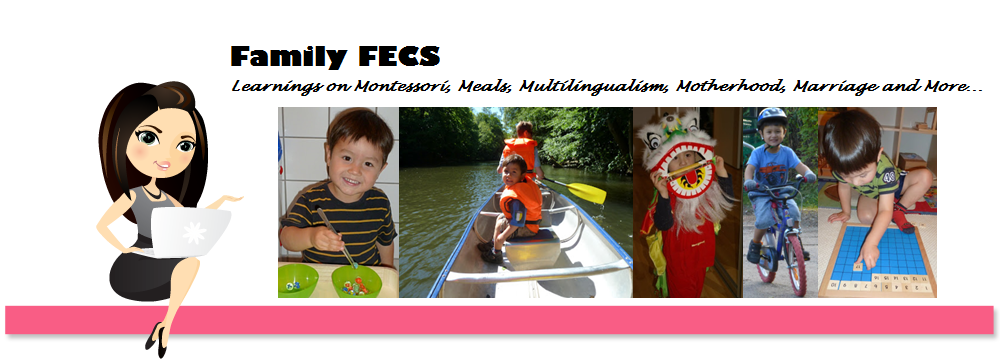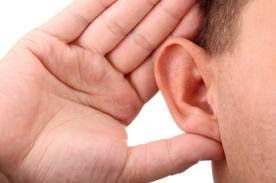Here are some fun and educational ways you can use the bears:
Fine motor skill training - pincer grasp (From 1 year old)
If your child is not ready for sorting or counting, simply letting your child play with the bears by picking up the bears, getting the bears to stand upright, is good practice for fine motor skills because of their small size.
Warning: Not for toddlers who are still mouthing.
Montessori Activity (From 1.5 year old)
When your child could pick up the bear by hand, you can increase the challenge by letting him pick up each bear with a tong.
Teach colours and sorting (From 1.5 year old)
You can talk about the colour of the bears with your child. You can place all the bears in a bowl, and ask your child to sort them by colour into each cup with the same colour.
Teach size (From 1.5 year old)
You can talk about the sizes, which one is Daddy Bear, Mommy Bear and Baby Bear.
Counting (From 2 years old)
Ask your child, for example, to get you 5 blue bears. Get him to count them, as he gets you the bear.
Talk to your child about the total number of bears (50), and that there are ten bears in each of the five colors. When cleaning up, count the bears as you put them away
For older children, when cleaning up, you can ask your child to put them into the plastic bag by colour and ask him how many there are each time each bag is completed. For example, say, "Now there are 10. Now there are 20. Now there are 30.
Props for trucks (From 2 years old)
Our Little FECS loves to use them as "cement" in his cement mixer truck.
Language (Playing I Spy) (From 2.5 years old)
You can use them to work on your child's language skills (both expressive and receptive). For example, you can put the bears around the house and then say, "I see a bear on top of the table!" And your child has to go and find them. You can use them to work on workds like "beneath", "between", "inside", "in", "under", "near", "over", etc. Your child will have fun hunting down the bears based on your instructions all around the house.
When sorting, they work on numeracy words like "few" "many" "most" "all" "some" and "none." For example, ask your child to put a "few" in the cup, or to find "all" the bears and put them on the plate.
You can discuss the similarities and differences with the bears.
Patterning (From 3 years old)
You can make patterns with the bears together with your child.
Weighing (From 3.5 years old)
You can put the bears on a scale and weigh them. Ask your child how many baby bears equals the weight of one papa bear?
Counters to Teach Maths (From 4 years old)
You can use the bears as counters for Maths to teach addition and subtraction, multiplication and division.
Obstacle Course (For ADHD children)
According to a review in Amazon, you can make obstacle course with a loop of climbing through things, jumping over pillows, running down the hallway, etc. in which you put 10 bears in a cup at the beginning of the course and an empty cup at the end of the course to collect the bears as he takes one through each round. You can set up the cups all over the biggest room of your home and have your child running around the house to sort the bears into the appropriate cup.




